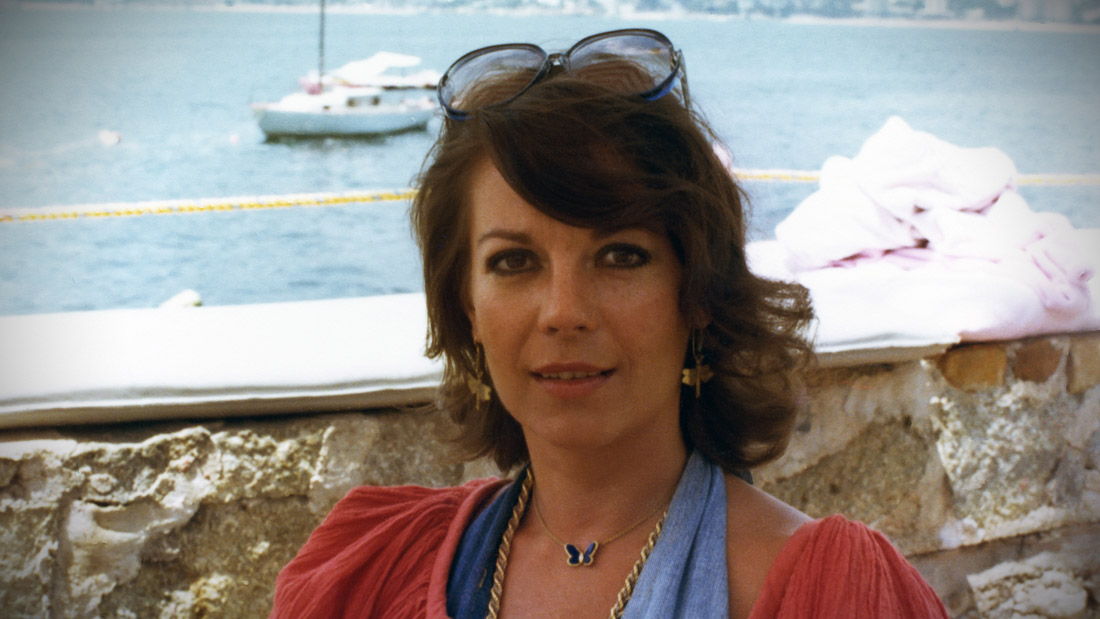Natasha Gregson Wagner on Honoring Her Mother Natalie Wood’s Legacy in New HBO Documentary
By Jazz Tangcay
LOS ANGELES (Variety.com) – “Natalie Wood: What Remains Behind” is the new HBO documentary that begins with the legend’s daughter Natasha recalling the last time she saw her mother alive. She was 11-years-old when Wood drowned.
To this day, news reports continue to fill the pages as to what happened to Wood on that fateful boating trip and the circumstances surrounding Wood’s death.
For Gregson Wagner, since becoming a mother herself, she wanted to clarify her mother’s legacy for her child and clear up the misconceptions and rumors that Wood committed suicide, or that husband Robert Wagner played a part in her death. Gregson-Wagner worked as a producer on the documentary that spends its runtime celebrating Wood’s life as a mother and star. And serves to remind viewers through interviews that this was indeed a tragic accident. In fact, it’s not until the third act when Gregson Wagner and Wagner sit down to discuss what he remembers about that fateful night and her disappearance.
Director Laurent Bouzereau (“The Warriors”) and Gregson Wagner talk to Variety about honoring Wood’s legacy, Robert Wagner who they refer to as “RJ” and why Robert Redford and Mia Farrow were the perfect interview subjects.
Laurent, you bring the coffee table alive through the documentary. Talk about the conversations you both had early on and having Natasha serve as the narrator.
Bouzereau: I grew up in France and Natalie Wood is an icon there. To have an opportunity to even meet Natasha was breathtaking. I knew when I met her that her story was so inspiring because it was about overcoming tragedy, families and movies. I felt that telling the story through Natasha would make it accessible. It needed to have a fresh and young point of view. Who better than her daughter to tell that story?
It was such a journey for the two of us. Natasha entrusted me with the story but didn’t want the film to feel like it was an agenda film or controlled by the family.
The family ending with the projected clips was beautiful.
Gregson Wagner: We love that too. We are what remains behind. It was such a beautiful idea that Laurent had. When we were watching the clip, the reactions were genuine. No matter how many times we see the clips, they still move us so deeply.
(Let’s) talk about shooting the interview with Robert and his recollections of that night.
Bouzereau: The very first thing we filmed was Robert and Natasha talking. We knew it had to be the two of them together because it establishes their relationship. That scene was shot over a couple of days. It was so moving. RJ was so courageous. We shot that with a small crew and he was so himself under the scrutiny of those questions.
The editing of that scene was so powerful because you didn’t chop and go back to archive clips, you just stay focused on those two.
Bouzereau: We made such an effort with my editor Jason Summers to make that feel as raw as possible. There is no music at all. I know when I watch that segment, I felt how heavy it was to carry that story.
How much of the archival footage did you have to go through?
Bouzereau: It was a long process. Jason and I watched everything. There is not one piece of footage that was put in to cover an edit. Everything was thought out. I wanted to avoid the glamour shots. I wanted as many personal photos as possible. So when her secretary says, “Natalie only cooked on the boat and made huevos rancheros” we had an actual photo to match.
Even RJ had never seen some of the photos and when you find treasures like that, it feeds into the personal portrait of the story. Those photos of Natalie with no makeup and she’s natural helped audiences identify with her. Other actresses of her time would never want to show those photos.
Gregson Wagner: What I loved about the Super 8 and 16mm is exactly how I remember my mom and my childhood, visually it’s easy sometimes to tell a story that way. You’re seeing her be this person that everyone has been talking about her to be.
What was it like for you, Natasha to go through the archival footage again and stumble across the memories?
I feel like all of the footage that I found was incredibly cathartic and healing. Because of this salaciousness that has been in the press, I was more excited we could use that footage and it negates that toxic babble. It’s my mom telling her story.
You feature Mia Farrow and George Hamilton – How did you decide who should be in it?
Gregson Wagner: Mia had a package of letters that my mom had written to her when she was pregnant in 1973 -they both were pregnant, and she sent those letters to my sister. I had read those letters. When Laurent and I got together and knew we wanted to talk to her.
It was easy because sadly we’ve lost many people. I remember so many of the people who were in the house. We started with Robert Redford and then we wrote to Mia after that.
What did you say to your DP to give it that intimacy?
Bouzereau: I had four DP’s. Toby shot the most of it. I said I didn’t want it to feel dark. I wanted windows and as much light as possible.
I wanted to contrast the potential sadness with light because this is about light. When we spoke with Mia, it had just snowed when we shot her. I wanted to shoot her against the snow and she just comes across as pure.

